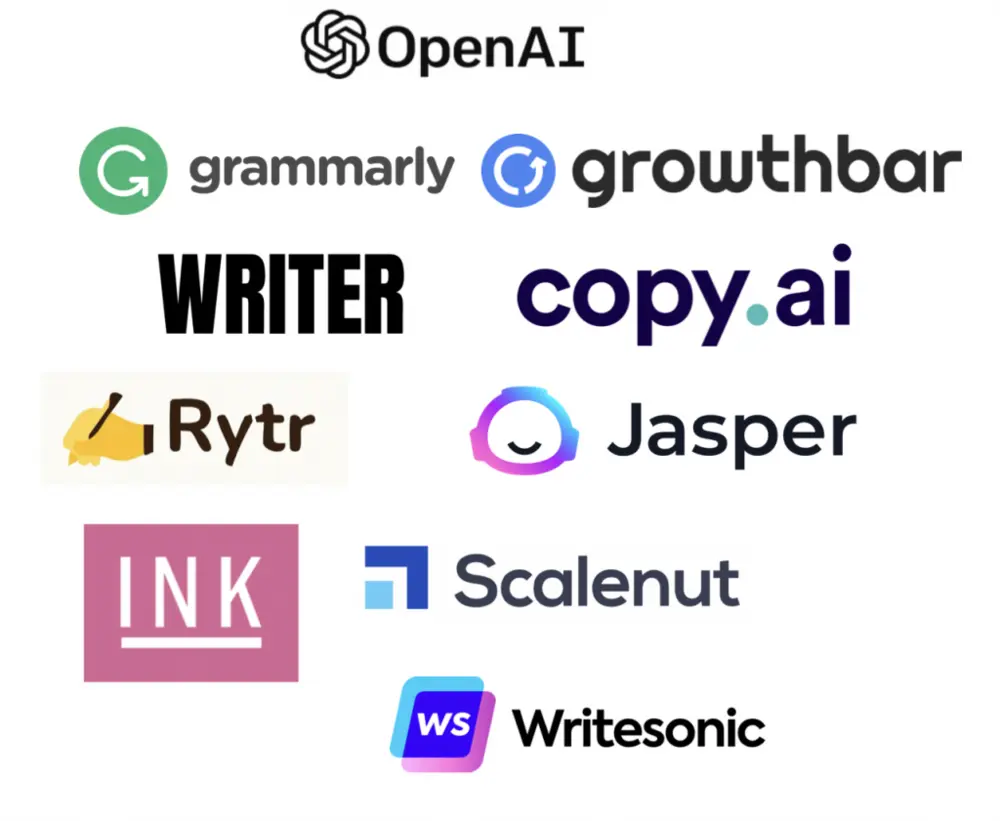



3 min read
February 10th, 2025


Artificial Intelligence (AI) has revolutionized education, making it easier for students to access information, generate ideas, and complete assignments. However, while AI tools like ChatGPT, Grammarly, and Google Bard can be incredibly helpful, they should be used ethically to support learning rather than replace genuine effort.
In this article, we’ll explore ethical ways to use AI for homework and research, ensuring academic integrity while still benefiting from technology.

AI can help you understand difficult concepts, summarize information, and provide explanations, but it should not be used to generate entire assignments. Relying too much on AI can hinder your ability to think critically and develop problem-solving skills.
✅ Ethical Use: Ask AI to explain a topic in simple terms, provide examples, or suggest further reading materials.
❌ Unethical Use: Copying and pasting AI-generated answers directly into your assignment without modification or understanding.
AI tools are trained on vast amounts of data but can sometimes generate incorrect or outdated information. Relying on AI-generated content without fact-checking can lead to errors in your work.
✅ Ethical Use: Cross-check AI-generated responses with credible sources like academic journals, government websites, and textbooks.
❌ Unethical Use: Accepting AI-generated facts without verification and using them in academic work.
If you use AI-generated content in your research, some institutions require you to cite it, just like any other source. Different citation styles (APA, MLA, Chicago) are updating guidelines on how to reference AI-generated content.
✅ Ethical Use: If AI significantly contributes to your work, cite it appropriately based on your institution’s guidelines.
❌ Unethical Use: Using AI-generated ideas or text without attribution and passing them off as your own.
Many students are tempted to use AI to generate full essays, but this is a form of plagiarism. Some universities use AI detectors to check for AI-generated content, and submitting such work can lead to penalties.
✅ Ethical Use: Use AI for brainstorming, creating outlines, or structuring essays.
❌ Unethical Use: Submitting AI-generated essays without any editing or original thought.
Tools like Grammarly and ChatGPT can help refine your writing by suggesting grammar corrections, sentence restructuring, and style improvements. However, AI should enhance your writing, not replace it.
✅ Ethical Use: Use AI to proofread, edit, and improve clarity in your work.
❌ Unethical Use: Asking AI to write entire paragraphs or research papers without any personal input.
Some AI tools store user data and may share it with third parties. Be cautious about inputting sensitive or personal information into AI systems.
✅ Ethical Use: Read the privacy policy of AI tools and use platforms with strong data protection measures.
❌ Unethical Use: Sharing confidential or personal data on AI platforms without understanding their privacy policies.
Conclusion: AI is a Tool, Not a Replacement for ThinkingAI can be a valuable asset for students, but it must be used responsibly. The key is to use AI as a learning aid rather than a shortcut, ensuring that it enhances your understanding rather than replacing genuine effort.
By following ethical guidelines, you can leverage AI’s benefits while maintaining academic integrity and developing critical thinking skills.